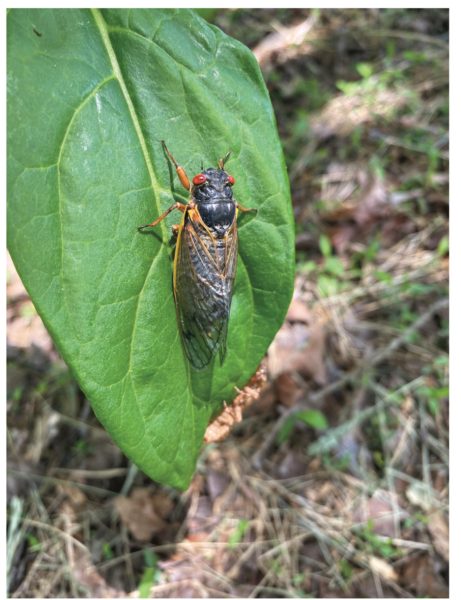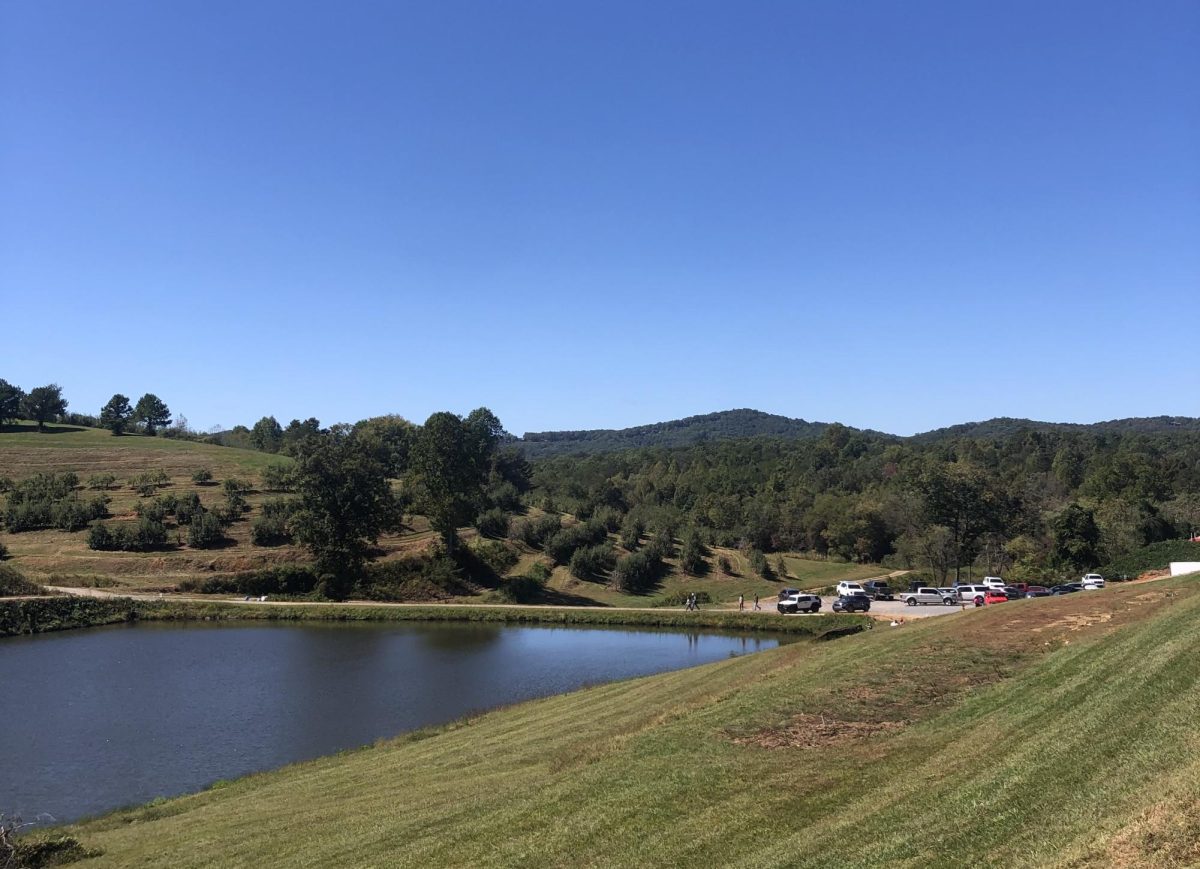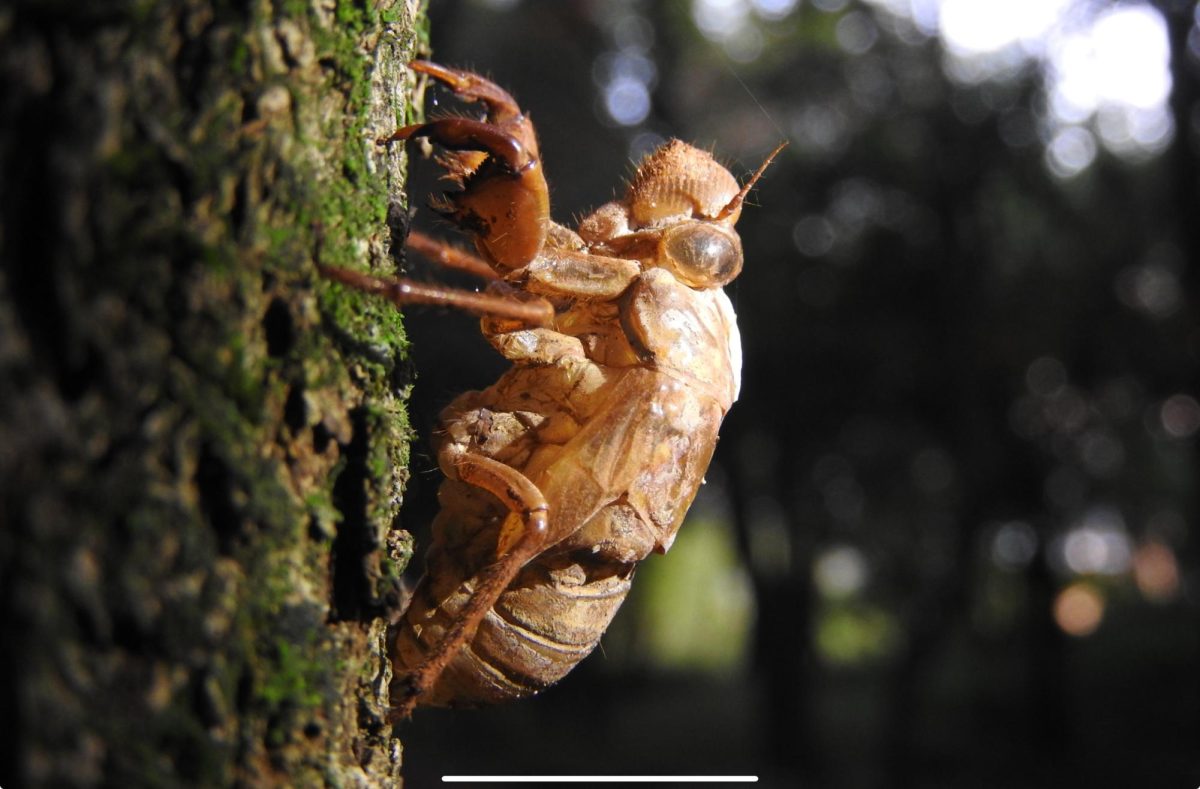
The cicadas’ song, a high-pitched chorus that fills the air during their mating season, is a distinctive sound that marks their presence and adds to the unique charm of this region. Periodical cicadas are fascinating insects that play a significant role in the ecosystem of Northeast Georgia.
These unique creatures emerge in massive numbers at regular intervals, typically every 13 or 17 years, depending on the species. Brood XIX and Brood XIII last emerged together in 1803. “The special thing this year is that Brood XIX is the largest 13-year brood and its range will overlap slightly with that of Brood XIII,” says Dr. Evan Lampert a professor of biology at the University of North Georgia.
Their synchronized emergence is a spectacle to behold, as millions of cicadas blanket the area with their deafening chorus and impressive numbers. All cicadas lay eggs in plant stems and all cicada nymphs feed on plant roots underground. Periodical cicadas emerge as adults, mate and lay eggs in late spring. The eggs hatch in late summer, then the nymphs burrow underground to begin feeding, according to Lampert.
In Northeast Georgia, periodical cicadas are particularly noteworthy due to their impact on the local environment. These insects are crucial in nutrient cycling and ecosystem health. When they emerge from the ground, they provide a valuable although temporary food source for numerous predators, including birds, mammals and other insects. The sudden influx of cicadas can trigger population booms in predator species, creating a ripple effect throughout the food chain.
Periodical cicadas play a vital role in tree health. When female cicadas lay their eggs in tree branches, they create small slits that can cause damage to the tree. This damage is often minimal and can even stimulate new growth in some tree species. The nutrients from the cicada eggs also benefit the trees, contributing to overall forest health.
The cicada emergence in Northeast Georgia is not only a natural spectacle but also a unique opportunity for scientific exploration. Researchers and entomologists study the behavior, biology and genetics of periodical cicadas to better understand their life cycle and ecological impact.
The data collected from these studies can provide valuable insights into insect evolution, population dynamics and biodiversity conservation. Lampert says there are clues to look for just before their emergence. Small holes will appear in the ground a few weeks prior. This is called “staging.” “In the UNG ‘footprint’, we expect to start seeing them emerge the third week of April,” said Lampert.
Dr. Lampert encourages students who are interested in getting involved with cicada research to enroll in entomology (BIOL 4000K) this fall. If cicada exoskeletons or staging is sighted, contact Dr. Lampert via email at [email protected].



































